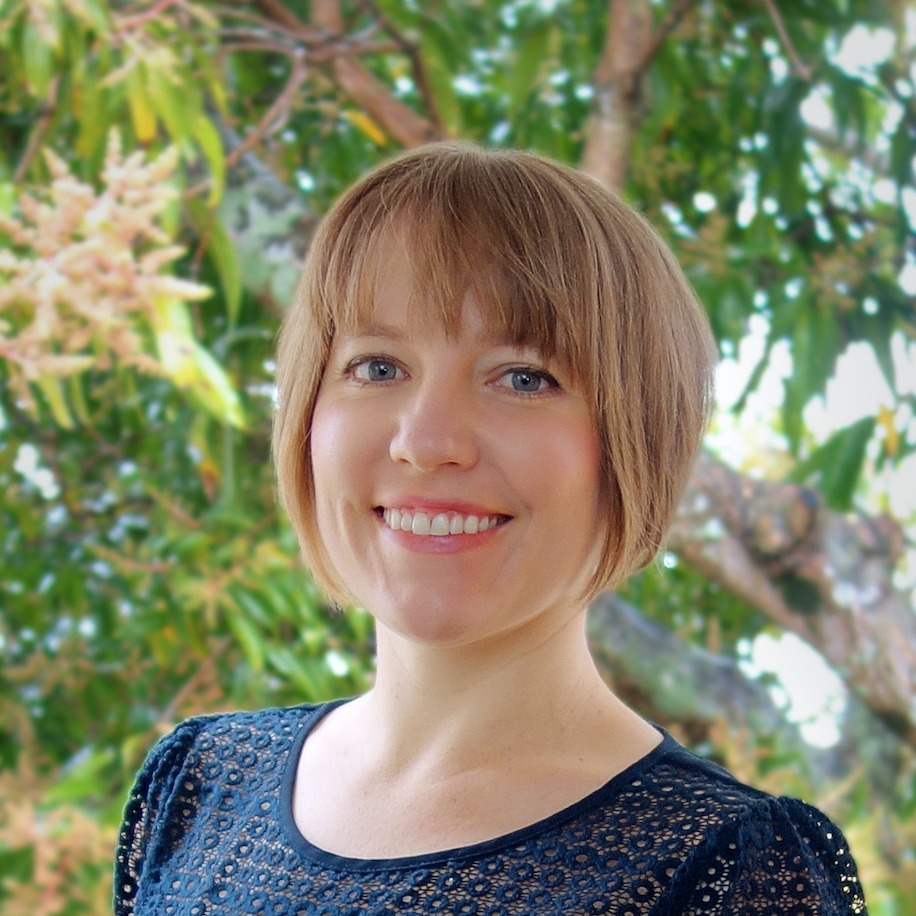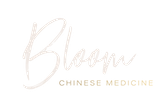Going with the Flow: The Yin and Yang of Your Menstrual Cycle
Our menstrual cycle represents a very physical expression of female reproductive health – love it or loathe it, the cycle is here to stay.
This post was originally written for and published on The Natural Beauty Expert. See the original post here.
Traditional Chinese Medicine (TCM) has a fascinating and eloquent way of describing and explaining our menstrual cycle, and offers some great advice on living in accordance with our cycle (including not ignoring it… who isn’t guilty of that one?).
Most of us are aware that our cycles are under the influence of a few different hormones, which fluctuate throughout the cycle. In TCM, we equate this to the flow of Yin and Yang energies in the body throughout the menstrual cycle.
A Crash Course in Yin and Yang
The best way to look at Yin, Yang and their interplay is to look at the cycle of a 24-hour day. In the morning, the dark and cool (Yin) begins to give way to the rising sun (Yang) and starts to warm up. Up until midday, the Yang (warming, drying, moving) energies are still building, and after this point the Yang begins to wane as the Yin (the cooling, darker, damper, nourishing energies) begin to take over. From sun-down to midnight is the most Yin part of the day, with sun-up to midday being the most Yang part of the day. Yin and Yang are always in transition and transformation, and therefore cannot exist without one another.
Now, let’s have a look at how our menstrual cycle works from a Traditional Chinese perspective.

Phase 1: Menstruation
You guessed it, the first phase is when you’re actually bleeding. This phase could be only 3 days, or up to 10 days. This is the most Yin part of your cycle. In this phase, your uterus is getting rid of your uterine lining, and your pituitary begins producing LH and FSH to stimulate the growth of new follicles.
TCM tips for Phase 1:
- Warm up – placing a heat pack or hot water bottle on your lower abdomen can help reduce cramping and keep blood circulating.
- Slow down as much as possible, and only partake in gentle exercise (like gentle walks and stretching).
- Spend time with your loved ones, or alone if that feels right for you.
- Eat comforting foods (nope, not chocolate! Sorry!) like warm, slow-cooked stews, whole grains (if tolerated) and root vegetables.
Phase 2: The Follicular Phase (end of menstruation to pre-ovulation)
In this phase, one of the many follicles produced in phase 1 becomes dominant and starts to grow, producing more oestrogen. As a result, the uterine lining thickens and grows – this phase is also a Yin phase.
TCM Tips for Phase 2:
- Many women feel energetic and extroverted in this phase, so now is a great time for vigorous exercise, new projects, meeting new people and having a bit more sex.
- Creative juices are flowing well, so get stuck into those projects you’ve been putting off!
- Great foods to incorporate in this phase include leafy greens, fish, eggs, meats and shellfish. These are all great for building Yin and ensuring you grow a thick uterine lining.
Phase 3: Ovulation
Ovulation is said to occur on day 14, but this is a myth. In reality there are many factors influencing this, including cycle length and the health of the individual. In general, it occurs 11-16 days prior to the first day of bleeding. During this phase, a surge of the LH hormone triggers the release of the egg from the dominant follicle. This phase marks the peak of the Yin phase, where Yang energy begins to really start rising.
TCM tips for Phase 3:
- Keep working on your creative projects.
- Verbalise your thoughts and feelings (don’t bottle them up, as this can lead to PMS later on).
- Now is a great time to eat lighter foods such as fish, chicken, quinoa, and warm salads.
Phase 4: Luteal (post-ovulation to pre-menstrual)
The shell of the follicle that released the egg, now called the corpus luteum, begins to break down and secrete progesterone. This is the most Yang part of your cycle, which is reflected in your temperature consistently rising. If pregnancy occurs, the body requires a LOT of energy to get the embryo growing, which is reflected in this very energetic and active part of the cycle.
In the few days before the period begins however, many women begin to feel more withdrawn and introverted.
TCM tips for Phase 4:
- Now is the time to really listen to your intuition – many women are more in touch with their bodies and emotions at this time. Spells of feeling irritable or upset may be signs to slow down.
- Decrease vigorous exercise, and incorporate lots of stretching.
- Journal your thoughts and feelings.
- Look after yourself – get that massage you’ve been meaning to book for months!
- Start up again with those warm, yang-supporting foods like cooked vegetables, stewed meats and brown rice.

About the Author:
Dr. Grace Jones (BHSc.Acu) is the founder at Bloom Chinese Medicine. She is a passionate and nationally qualified and registered acupuncturist, with special interests in women’s health, natural fertility, pregnancy, digestive health and emotional wellness. Learn more about Grace here.
Do you have any requests or suggestions? Please let us know!
Find Us
Maroochydore
Contact
Shop 2/106 Sixth Avenue, Maroochydore, QLD, 4558
Monday: 8:30am- 8.00pm
Tuesday: 9:00am – 8:00pm
Wednseday: 9:00am-8:00pm
Thursday: 8:30am – 8:00pm
Friday: 9:00am- 7:00pm
Saturday: 9:00am – 12:00pm
Bloom Chinese Medicine is an integrative Chinese medicine and acupuncture clinic committed to providing the best outcomes for our patients, and empowering them along their journey to optimal fertility and wellness. Centrally located in Maroochydore on the Sunshine Coast, we have visitors from local suburbs and all over Queensland.
Proudly servicing Buddina, Maroochydore, Mooloolaba, Alexandra Headland, Buderim, Kawana, Minyama, Parrearra, Warana, Birtinya, Bokarina, Wurtulla, Little Mountain, Caloundra, Aroona, Bells Creek, Meridian Plains, Palmview, Sippy Downs, Mountain Creek, Kuluin, Kunda Park, Diddillibah, Twin Waters, Pacific Paradise, Mudjimba, Marcoola, Bli Bli, Coolum, Yaroomba, Yandina, Ninderry, Valdora, Peregian Springs, Peregian Beach, Doonan, Noosaville, Noosa, Noosaville, Tewantin, Doonan, and Nambour.

This is written with such Grace 🙂 thank you. I’m a Chinese medicine practitioner in NYC and would like to reference this article in a speakout Im giving to my colleagues. I’ll mention your name at the end of my speech as a reference. Is this ok with you? Anna Hajosi, LAc
Hi Anna, Thank you! Yes you are very welcome to reference my article. Thank you so much! Grace x